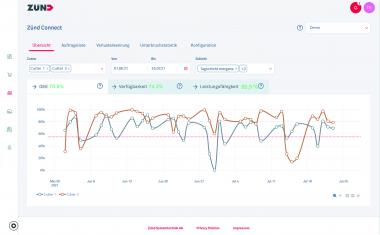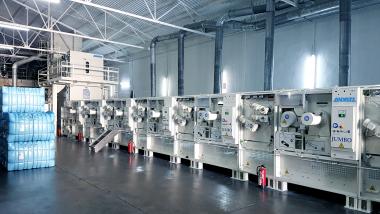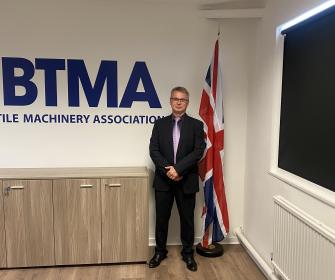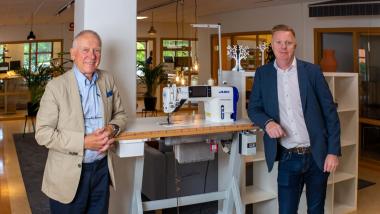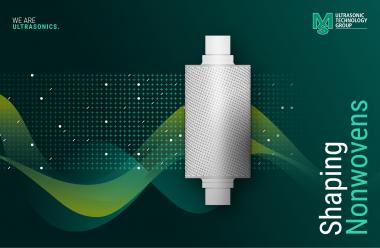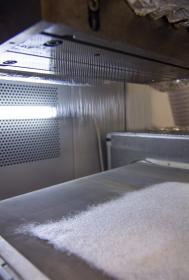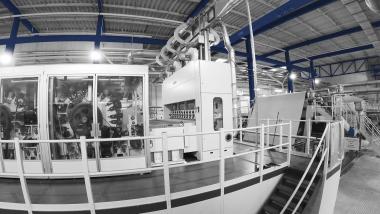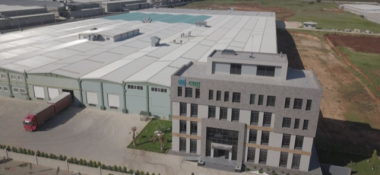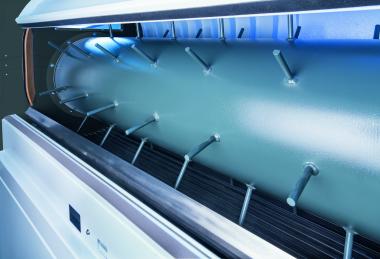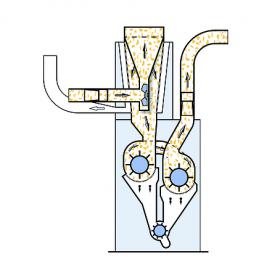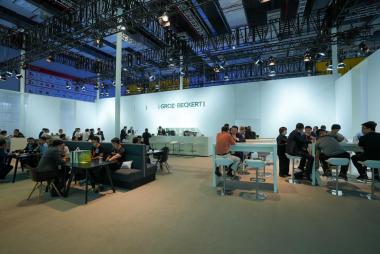Zünd: Automatic production monitoring for cutting with Zünd Connect
Zünd Connect compiles production data from integrated Zünd cutting systems into meaningful key performance indicators, such as cutter capacity, availability, and overall equipment effectiveness. Zünd Connect creates transparency and identifies areas in the digital cutting workflow with potential for optimization.
There are many ways to optimize digital cutting and ensure maximum productivity, which is the reason why Zünd now offers Zünd Connect, a monitoring tool that helps the user recognize this potential and increase productivity. Using Zünd Connect, the user can see at a glance when and, more importantly, why machine interruptions occur, how much time is spent in setup, and what the availability of each machine is.
The web-based monitoring tool gives the user access to cutter- performance data at a glance, any time of day. Reliable key performance indicators are available at all times to help users maximize productivity. The system records productivity levels over a freely definable period using Zünd Cut Center – ZCC (Version 3.4 or later) as data source. Data monitoring provides information users need in order to make informed decisions. This comprehensive overview of production data reveals connections that are often overlooked. Zünd Connect supplies valuable key performance indicators for assessing how efficiently cutting systems are working. To be able to improve cutter efficiency, potential areas of improvement must be uncovered and recognized. This potential lies primarily in the technology but also in the way it is being used.
Zünd Connect is available in a "Monitor" or an "Analyzer" version.
Zünd Systemtechnik AG


